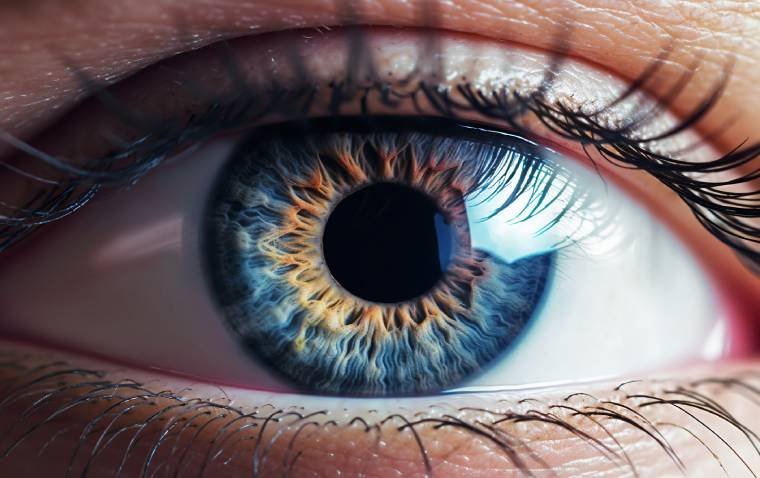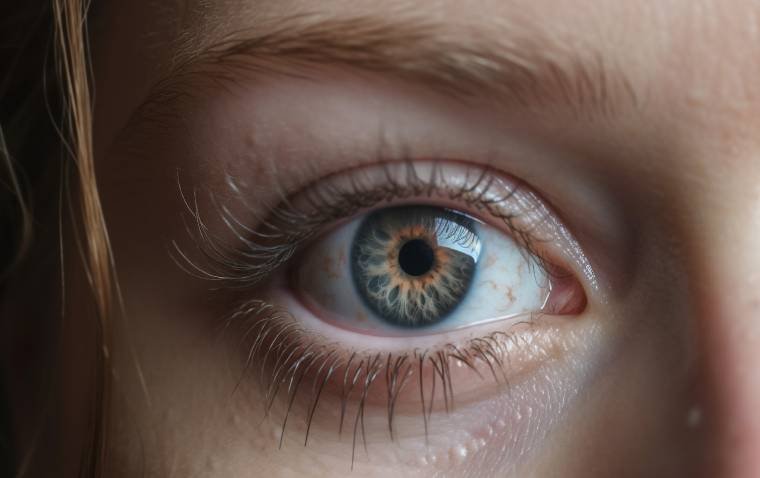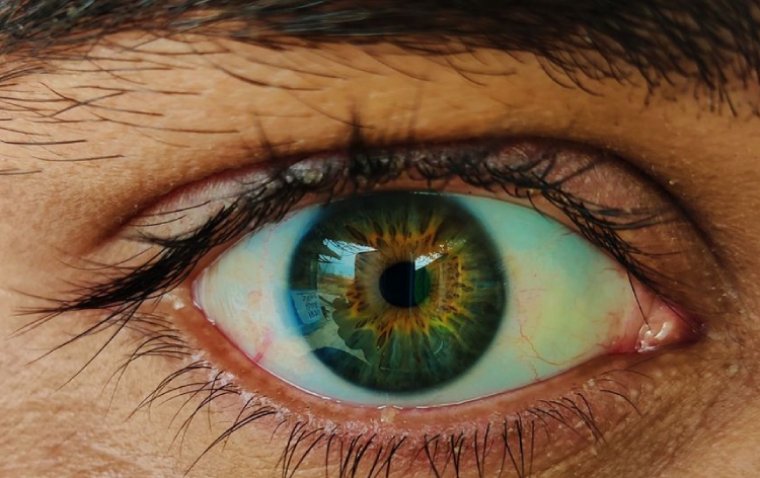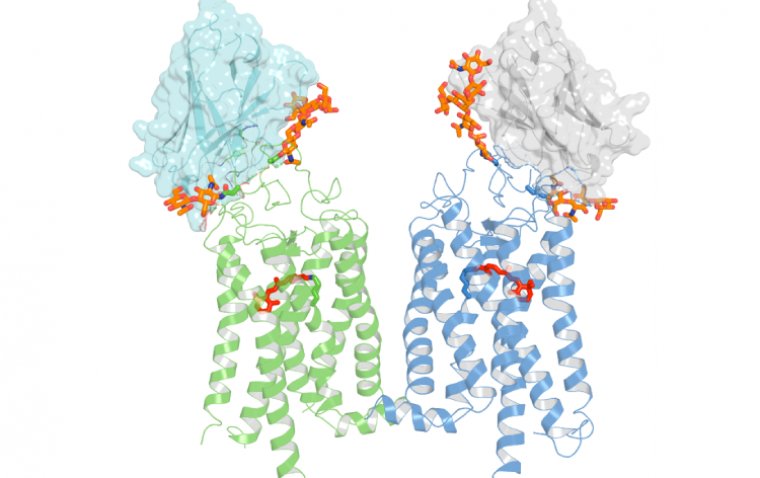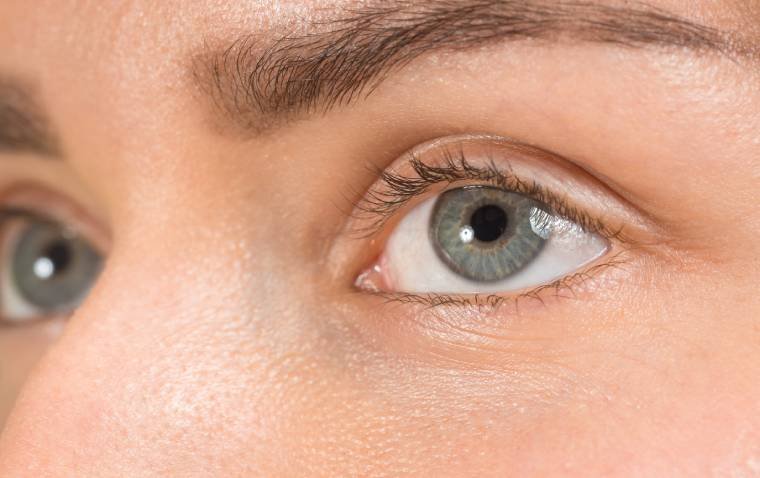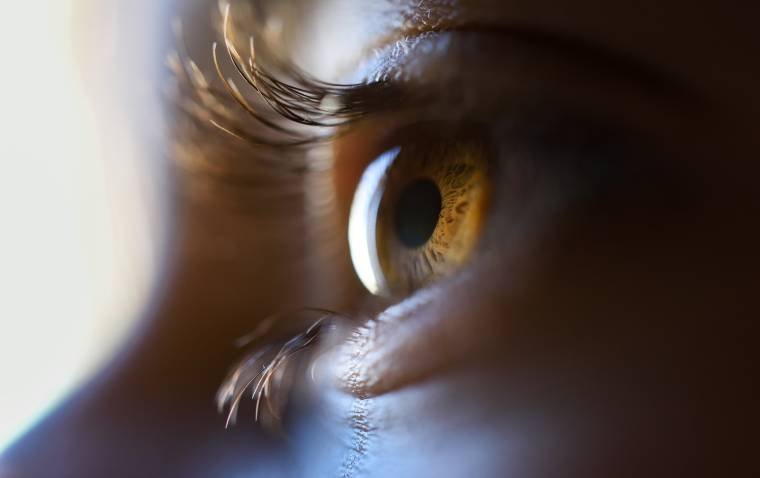
Limiting Certain Light Exposure Can Help Prevent Inherited Retinal Dystrophy
A joint team effort led by Dr. Haruhisa Inoue, Professor in the Department of Cell Growth and Differentiation at CiRA, has established induced pluripotent stem (iPS) cells from two patients with EYS-associated retinal dystrophies (EYS-RD) and converted them into retinal organoids to study the root cause of this debilitating visual disability. The study, published in JCI Insight, represents a significant advance in understanding and potentially treating this form of inherited retinal dystrophy.
Understanding Inherited Retinal Dystrophies
Inherited retinal dystrophies (IRDs) include a range of degenerative eye conditions that primarily affect photoreceptor cells in the retina, potentially leading to irreversible vision loss. IRD is a major cause of visual disability and blindness, impacting over 4.5 million people globally, and is linked to mutations in more than 250 genes.
Inherited Retinal Dystrophies include Retinitis Pigmentosa, Leber Congenital Amaurosis, Stargardt Disease, Best Vitelliform Macular Dystrophy, Cone-Rod Dystrophy, Choroideremia, X-Linked Retinoschisis, Achromatopsia, Bardet-Biedl Syndrome, Usher Syndrome, Central Areolar Choroidal Dystrophy, Gyrate Atrophy, Juvenile Retinoschisis, North Carolina Macular Dystrophy, and Retinal Dystrophies Associated with Mitochondrial Disorders.
The Role of EYS Gene in IRDs
Mutations in the eyes shut homolog (EYS) gene are a key contributor to many IRD cases. However, common animal models lack or have disrupted versions of the EYS gene, making it challenging to accurately model the disease. Zebrafish studies have shown that EYS is critical for maintaining photoreceptor structure and protein transport, but its exact role in human disease remains unclear, necessitating new experimental models using human cells.
Creating Human Models for EYS-RD
To address this gap, the research team derived iPS cells from two unrelated EYS-RD patients with the same EYS mutation and generated retinal organoids to compare with those from healthy iPS cells. Initial analyses using immunofluorescence, electron microscopy, and single-cell RNA sequencing indicated that the EYS mutation did not disrupt overall retinal development or the formation of photoreceptor cell subcellular compartments.
Key Findings on EYS Protein Distribution
Despite the mutation not affecting the total amount of EYS protein, researchers observed fewer EYS-positive structures in the cilia or outer segment (OS) regions of photoreceptor cells in EYS-RD retinal organoids. Interestingly, PRPH2, an OS marker, remained unaffected, suggesting an independent transport mechanism.
EYS and GRK7, both OS proteins predominantly in cone cells, might be functionally linked. The study found significant reductions or absences of GRK7 in the OS regions of mutant retinal organoids. However, the EYS mutation did not disrupt the EYS-GRK7 interaction, indicating that GRK7 mislocalization is due to EYS mislocalization.
By expressing a normal EYS version in EYS-RD retinal organoids, the research team successfully corrected the GRK7 transport defects. This was further validated by generating EYS knockout (KO) human iPS cell-derived retinal organoids and zebrafish, which exhibited similar GRK7 mislocalization defects.
Given GRK7's role in photoresponse termination and recovery, the researchers studied light-induced changes in the zebrafish retina. EYS-KO zebrafish exposed to white LED light showed disrupted retinal structures and extensive photoreceptor loss, especially in cone cells. Increased apoptosis and reactive oxygen species production were noted, linking EYS absence to heightened light sensitivity.
Practical Implications
The findings suggest that high-intensity blue light is particularly harmful in the absence of functional EYS protein, hinting at practical preventative measures like using tinted glasses or other protective devices to limit light exposure and safeguard against retinal degeneration.
Using iPS cell-derived retinal organoids and zebrafish models, this study has illuminated the pathogenic mechanism of retinal degeneration in EYS-RD. While further research is needed to translate these findings into clinical practice, the discovery of light-dependent cytotoxicity opens new avenues for preventative care.
Reference
Yuki Otsuka et al, Phototoxicity avoidance is a potential therapeutic approach for retinal dystrophy caused by EYS dysfunction, JCI Insight (2024). DOI: 10.1172/jci.insight.174179
(1).jpg)

